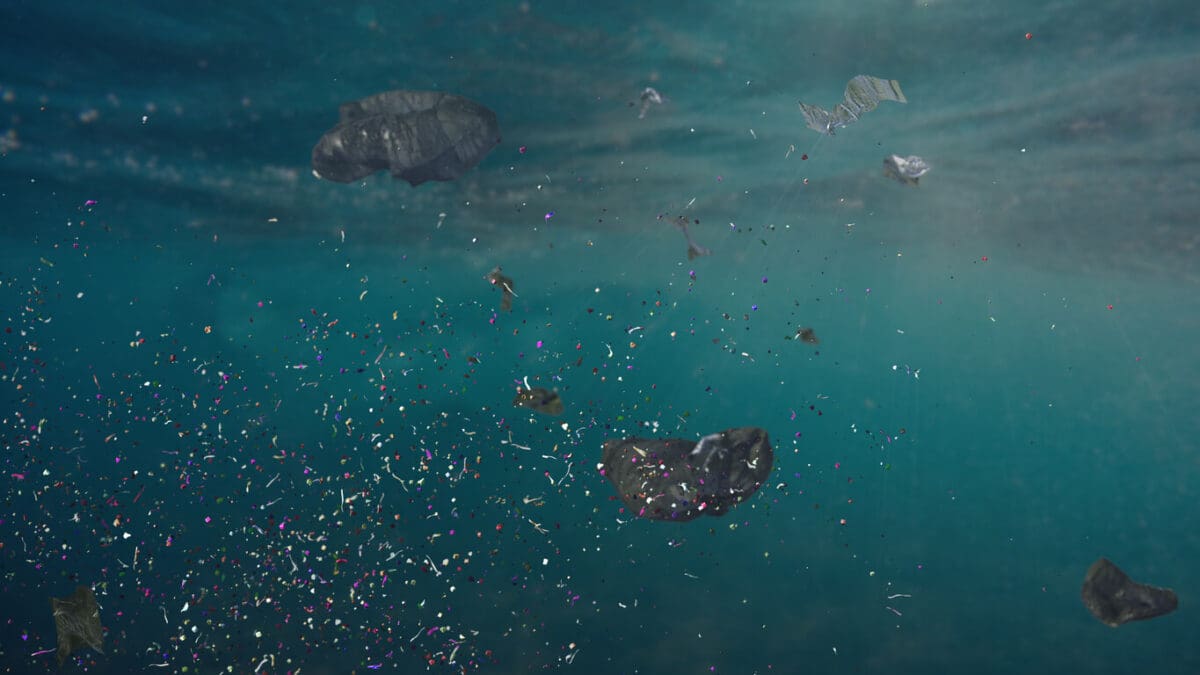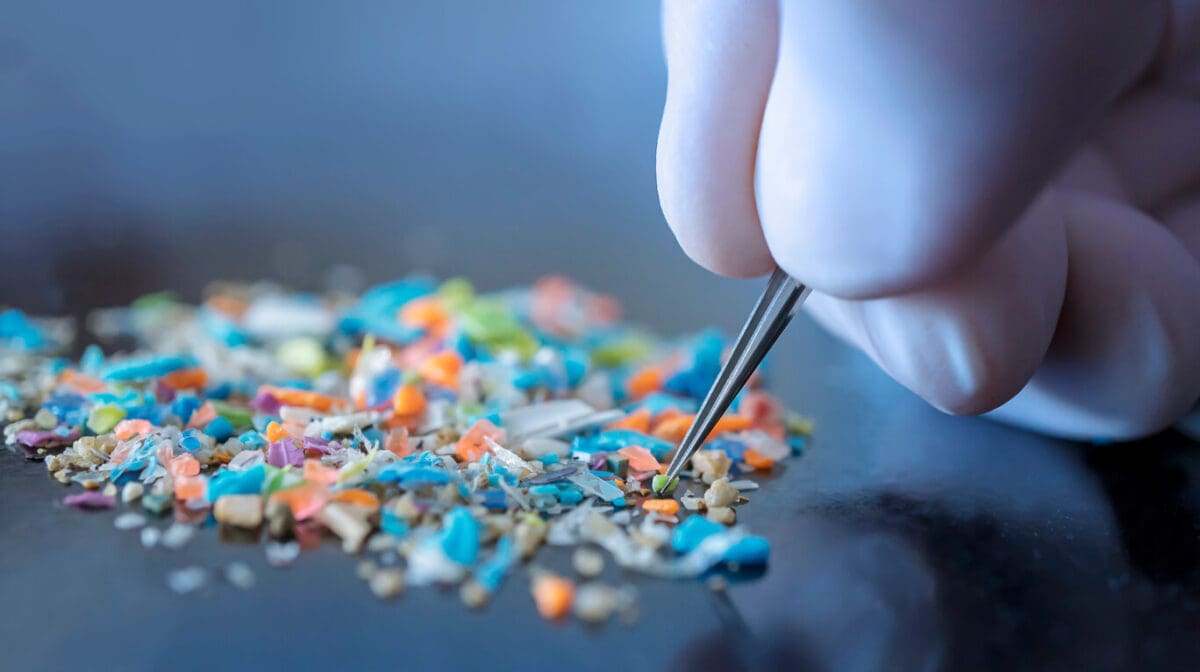
What Are Microplastics In The Ocean? How We Can Combat It
Plastic is everywhere in our modern world, and a lot of it ends up as microplastics in the ocean. This harms sea animals and people, but there are strategies to reduce microplastic pollution.
Plastic materials are by far the most common type of debris found in the ocean. The US and other countries must act in order to reduce the risks that microplastics pose all over the world. Learn the answers to questions like what are microplastics and where do they come from, and explore how you can join us in the fight against microplastics.
- What Are Microplastics?
- How Big Are Microplastics?
- Where Do Microplastics Come From?
- How Are Microplastics Formed?
- How Can We Combat Microplastics In The Ocean?

Find degree programs and online courses in marine science at Unity Environmental University.
What Are Microplastics?
As the name implies, microplastics are small pieces of plastic. Microplastics contain toxins and can absorb other toxic chemicals. These factors, combined with microplastics’ size, make them very dangerous to people and animals. Marine life may eat microplastics that are floating in the ocean and get sick.
People unknowingly consume microplastics in our drinking water and seafood. Ingested microplastics can cause cancer, diabetes, and other health problems. Furthermore, scientists still do not understand the full effects of microplastics on ocean ecosystems or humans. Consider a career in marine science to join the efforts to understand and combat microplastics.
How Big Are Microplastics?
Or, a better question may be how small are microplastics. To be considered microplastic, the piece of plastic must be less than five millimeters or .2 inches in diameter. While many microplastics are tiny spheres, they can come in different shapes.
Some microplastics are too small to be seen with the naked eye, but when scientists test water, the ocean floor, marine organisms, and people, they find varying amounts of unseeable microplastics in almost all of them. The small size of microplastics makes them more dangerous because animals of all sizes can easily ingest them, and they can easily travel through various waterways.
Where Do Microplastics Come From?
Many microplastics are microbeads, which are small plastic beads found in exfoliants and some toothpaste and cleaning products. Microbeads and microfibers, which are shed from clothes and other products made of textile materials, are primary microplastics because they were created to be small for specific commercial uses. Secondary microplastics are those that are created through the breakdown of larger single-use plastics such as water bottles and shopping bags.
How do microplastics get into the ocean? They often end up in oceans and other water sources through littering, flooding, and regular water run-off. Also, water filtration systems are not able to filter out 100% of microplastics, so they remain in the water system. As we continue to use plastics on a daily basis, the increase in microplastic pollution in freshwater sources and the oceans is a major concern.
How Are Microplastics Formed?
Larger plastic debris degrades into microplastics over time. Plastics break down when they are exposed to the elements, including radiation from the sun and ocean waves. Because it takes thousands of years for plastic to decompose, they do not go away but instead continue to break up into smaller and smaller pieces. These small pieces are able to permeate through entire ecosystems.
All plastics in the ocean go through this process, but the speed at which it happens depends on the type of plastic and the specific environmental conditions. UV radiation increases the speed of plastic degradation.
How Can We Combat Microplastics In The Ocean?
Now that you can confidently answer the question, “What are tiny pieces of plastic in the ocean called?” let’s explore solutions to this issue. A range of strategies should be used to address microplastic pollution in the oceans. Individuals can focus on living more sustainably by reducing the amount of plastic they use in their daily lives and switching to reusable products when possible. Businesses can minimize plastic production used for goods and manufacturing.
Governments at local and federal levels are also stepping up to help combat microplastics. In 2015, the Obama administration banned microbeads in the US. However, more action is needed to remove the microplastics that are already in the water. Scientists are working on ways to effectively remove microplastics from aquatic environments and ways to pre-treat plastics so that they biodegrade faster. If you are passionate about the oceans and keeping them healthy, you may enjoy a career as a marine biologist.

Ready To Learn More About Unity Environmental University?

Start A Career In Saving The Ocean With A Degree In Marine Biology Or Marine Science At Unity Environmental University
Microplastics are just one of the issues with the oceans that marine biologists can help solve. Oil pollution and overfishing are among other concerns of marine scientists and anyone who cares about the health of our planet. A degree in marine biology or marine science can open up many doors for meaningful careers related to oceans and sea animals. For example, if you are interested in working in aquariums, you can use a marine biology degree to become an aquarist.
High school students and those without a bachelor’s degree should consider a B.S. in Marine Biology and Sustainable Aquaculture. This online degree allows students to complete courses when and where it’s most convenient for them. Already have a bachelor’s degree and looking to change fields or advance your career in marine biology? Check out the Master’s in Marine Science at Unity Environmental University that can lead to a job that requires a Master’s degree like a marine policy analyst.



